Search results for 'varnish'
-
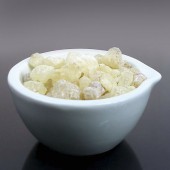
Gum Damar
Starting at: £10.00
-
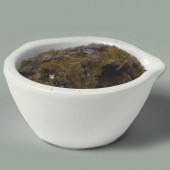
Clear Dewaxed Shellac
Starting at: £9.20
-
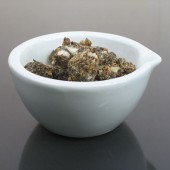
Gum Benzoin
Starting at: £14.70
-
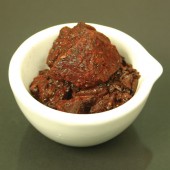
Dragon's Blood Pieces
Starting at: £25.40
-
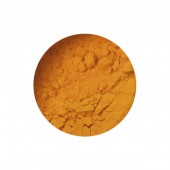
Gamboge Powder
Starting at: £5.20
-
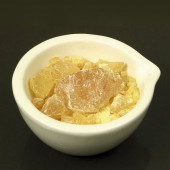
Colophony
Starting at: £7.30
-
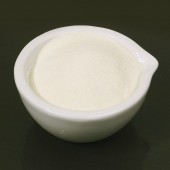
Casein Lactic
Starting at: £15.95
-
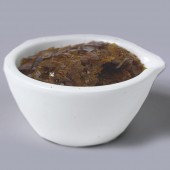
Lemon Shellac
Starting at: £8.20
-
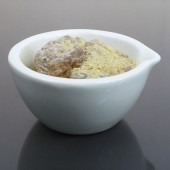
Gum Copal Manila
Starting at: £6.00
-
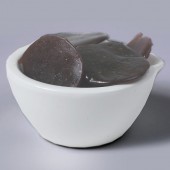
Button Shellac
Starting at: £8.40
-
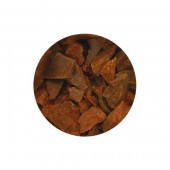
Gamboge Pipe Pieces
Starting at: £22.00
Call to Order
-
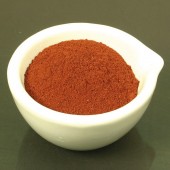
Dragon's Blood Powder
Starting at: £28.10
-
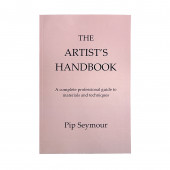
Artist's Handbook
£30.00 -
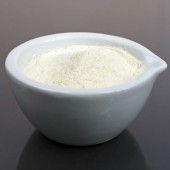
Gum Sandarac
Starting at: £8.60
-
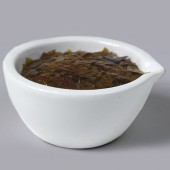
Orange Shellac
Starting at: £8.00
-
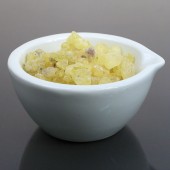
Gum Mastic
Starting at: £20.30
Call to Order
-
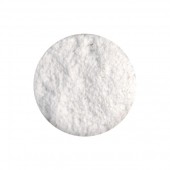
Flake White Pigment
Starting at: £18.75
Call to Order



